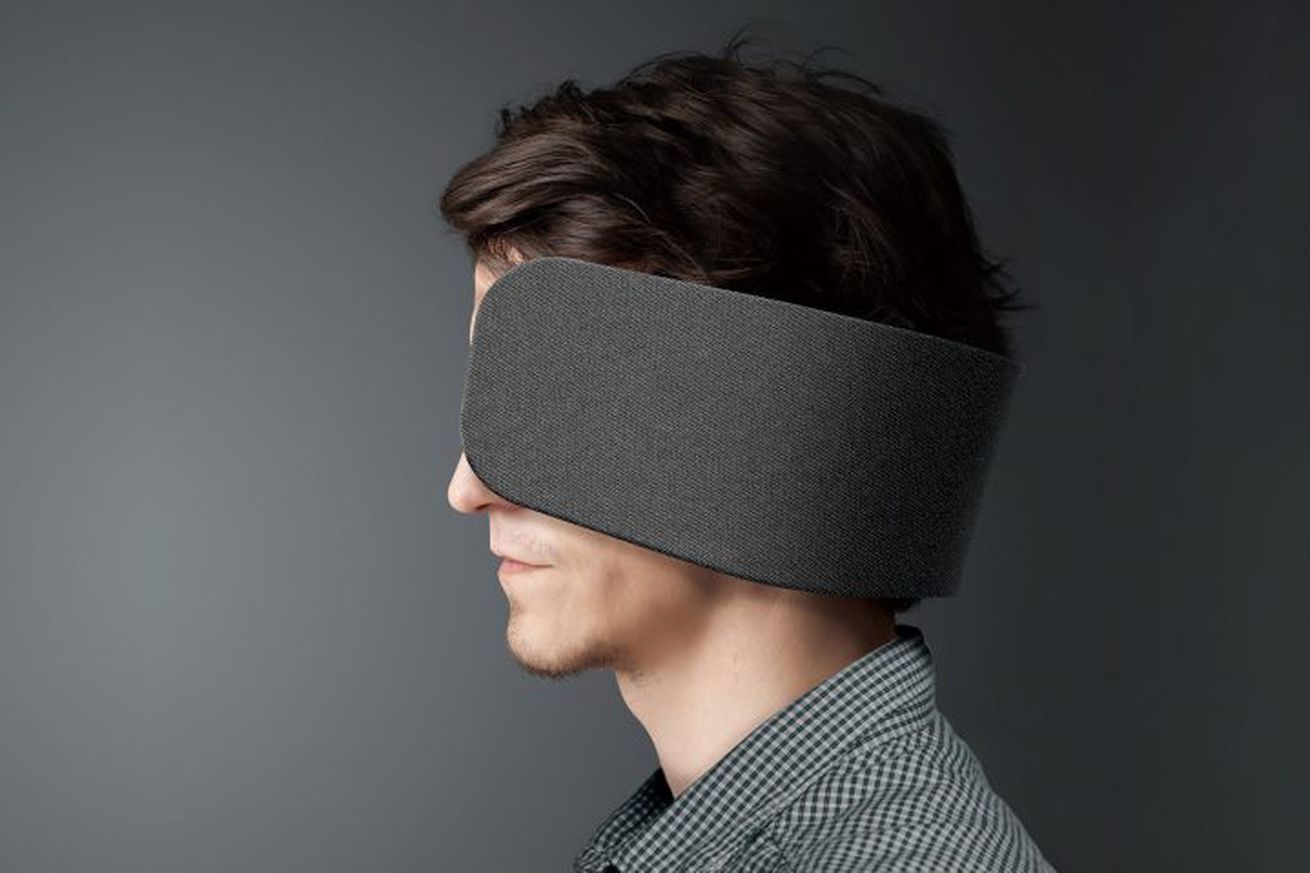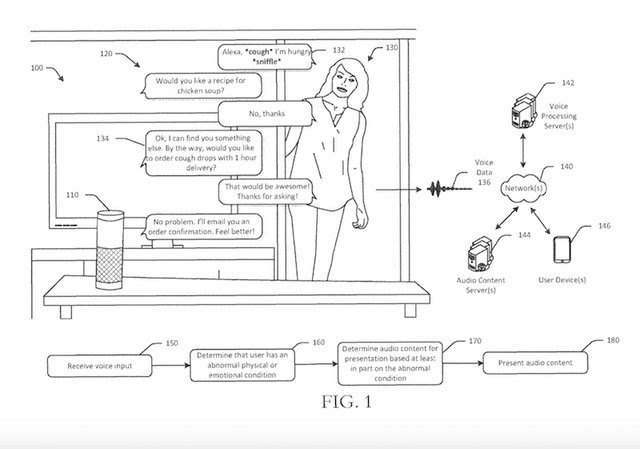Creating 'Psychological Personal Space' at Work
Blame the 'open plan' office design that pretty much takes away individual privacy or blame the workplace information overload that causes many office dweller types to feel like no matter how much they are working, they never seem to feel like they are getting much accomplished, modern work and workplaces can seem really, really frustrating.
People always in your face, or at least in your peripheral vision, few quiet places to retreat to in order to get some peace and quiet and really focus, and more and varied incoming requests for our time and attention, (emails, texts, Slack messages, etc.) than ever before all conspire to make it really hard sometimes to do our best work - or any work for that matter.
Wouldn't you like, at least sometimes, to fence yourself off from these kinds of distractions? To be able to, even if you don't have a physical 'retreat' space to head to at work, (not counting going to sit in your car in the parking lot), create some kind of semblance of private and personal space - to be alone with your thoughts, your work, yourself? 
Enter a new idea from the fine folks at Panasonic - the 'Wear Space' - a kind of combination privacy screen and set of noise-canceling Bluetooth headphones that functions like a set of horse blinders, except for people. The Wear Space wraps around the user's head, blocks most of their peripheral vision, allowing them to focus on their work that is in front of them. The nature of the Wear Space also signals to the wearer's pesky co-workers that they should probably not bother or disturb the person, as he/she clearly does not want to be illuminated by tales of how you spent your weekend or what is on the menu for lunch today.
According to one of the Wear Space's developers - the Wear Space is supposed to create a “psychological personal space” for the wearer to help them concentrate, particularly in noisy, distracting, open-plan offices. The device isn’t intended to just isolate the wearer but also communicate with others, telling them: Go away, I’m busy.
I don't have too much more to offer on the Wear Space as a technology, but just to say that if we need to invent a kind of ridiculous looking combination head covering, noise canceling, giant barrier to wear in order to try and cut down interruptions and distractions at work probably means that we are not taking enough time or care in designing work and workplaces so that these kinds of gimmicks are not needed in the first place.
We all probably do need some way to find 'psychological personal space' when we are at work. It probably should also be something not that hard to find as well.
Have a great week!

 Steve
Steve

